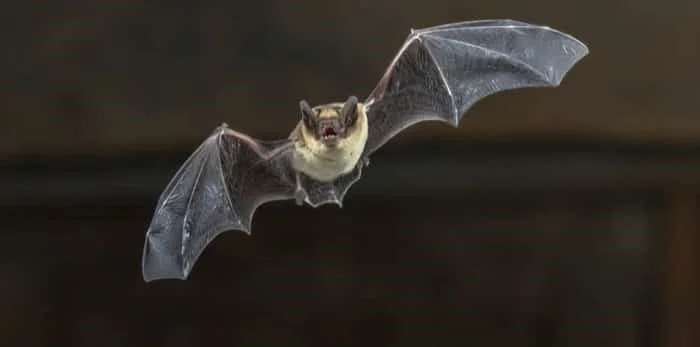Bat Research by CERCA
CERCA gets involved with Bats!
Have you ever wondered about bats in your neighbourhood? CERCA may have some answers for you or at least ways to find out more about these fascinating flyers. We are now part of the Community Bat Program of BC ( https://bcbats.ca ) where you can discover Bat Basics (dispelling myths about bats), how to deal with bats in buildings (Got Bats?) and how to get involved in community programs (Get Involved). On Vancouver Island, there is the community bat program of Habitat Acquisition Trust (https://www.bc.ca/bats ) for South VI where you can learn what you can do to help bats.
CERCA is acquiring an electronic bat detector ( Echo Meter Touch 2 Pro ) from Wildlife Acoustics ( https://www.wildlifeacoustics.com ) so we can monitor the nine species of local bats and learn more about their distribution, abundance, and ecology in the Cowichan estuary and adjacent areas.
Here some facts about bats from Community Bat Programs of BC:
There are 10 species of bats in the Greater Vancouver Region. They all eat insects and arachnids.
B.C.’s largest bat is the Hoary Bat, with a wing span of about 39cm (15") and weighs as much as a dinner fork.
Some species of bats can live up to 40 years.
Although bats use echolocation, they can see very well in the dark.
Bats are the only mammal naturally capable of true and sustained flight.
Bats are clean animals, grooming themselves almost constantly.
Bats do not chew or scratch wood or wires like rodents do. Their tiny, sharp teeth are used to crunch hard bodied insects.
There are over 1,300 known species of bats in the world. Nearly 70 per cent of these bats are insectivores.
Bats play a very important role in our ecosystem by eating insects, including insect pests of our forests, crops and gardens.
Bats save farmers billions in pesticide application and crop lost each year.
Bats will feed over fresh and saltwater. Take a sunset stroll to observe bats in your neighbourhood.
Dr. Bill Heath, Director and Co-Chair CERCA


